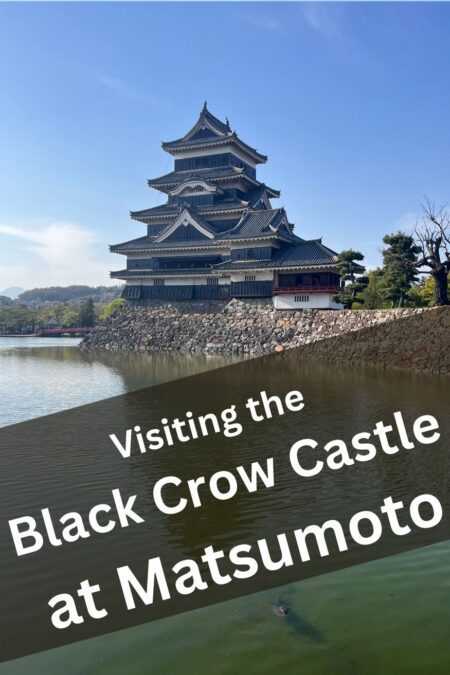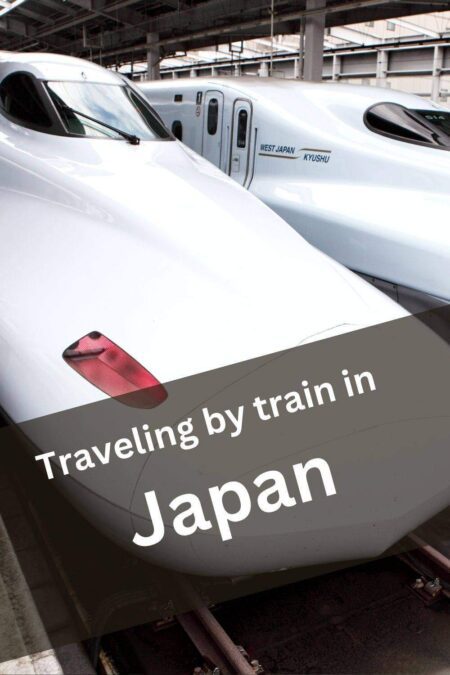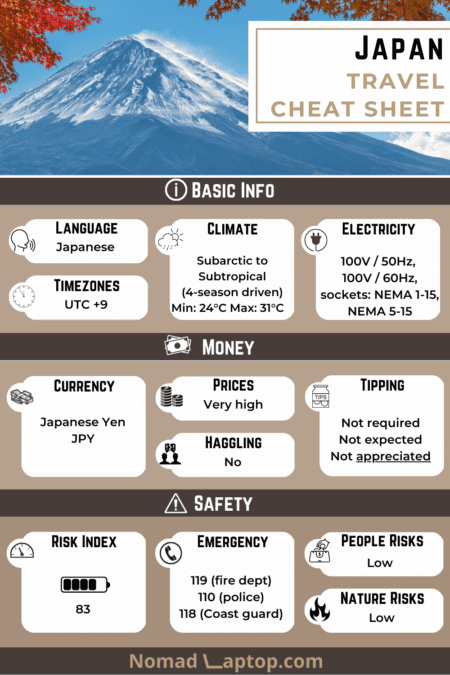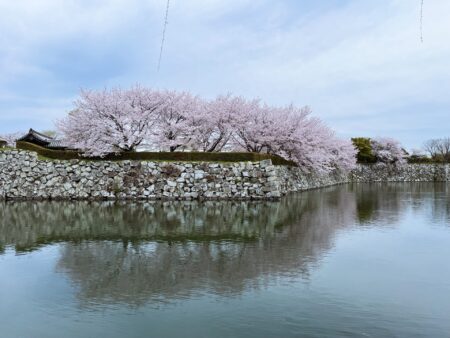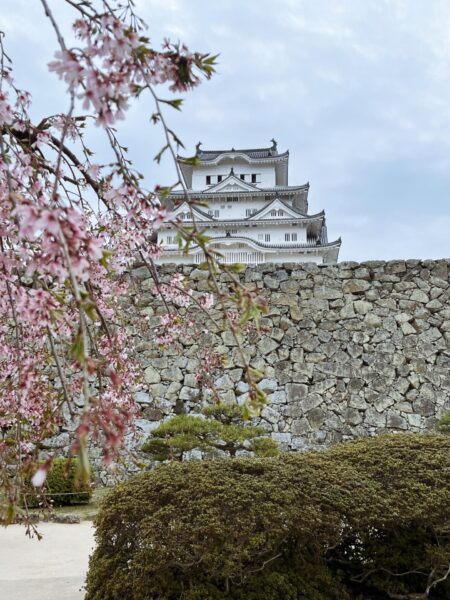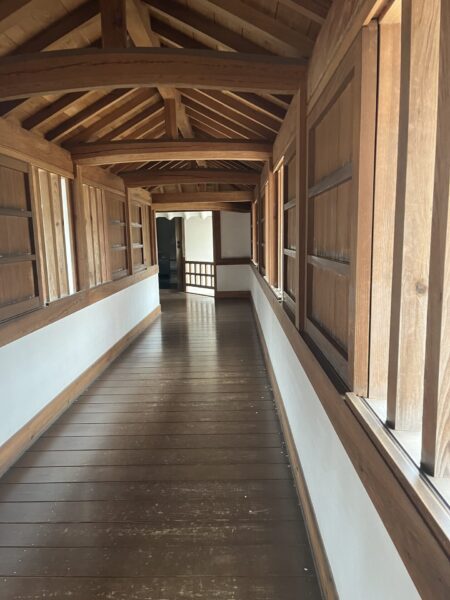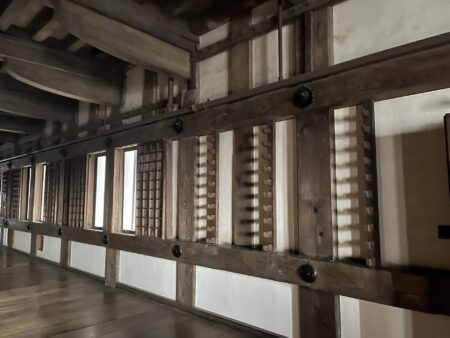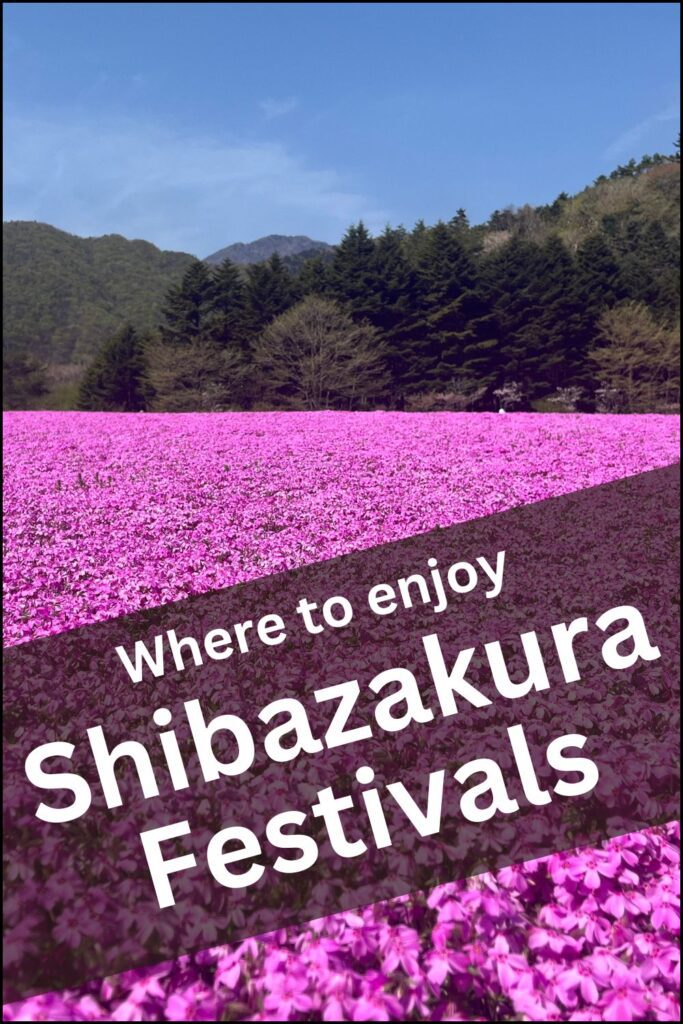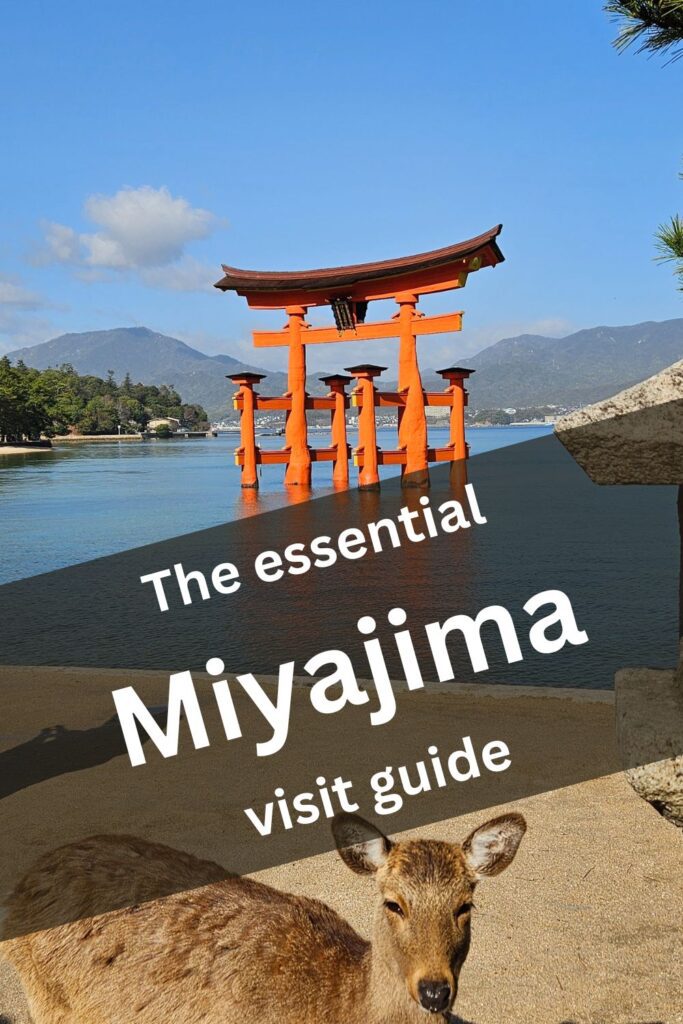The castle of Osaka may steal the show when it comes to historical importance, being central in the passage of power from the Toyotomi clan to the Tokugawa shogunate and with the sieges of Osaka being depicted in many historical records and paintings.
But most people agree that the “best” castle in Japan is at Himeji. In fact, it is also considered one of the most beautiful castles in the world, one of the most well-preserved castles in Japan, a UNESCO World Heritage Site since 1993, and a National Treasure of Japan.
Known as White Heron Castle (Shirasagi-jō) or White Egret Castle (Hakuro-jō), it resembles this bird, perched on top of the Himeyama hill, overlooking and dominating the city below. Its white pearl tonalities and elegant architecture are sure to captivate all those who visit it.
The castle grounds are also known as one of the best spots during Sakura season and when the gardens surrounding it are filled with white and pink cherry blossoms the atmosphere becomes unique, enlarged, and compounded into an almost unbelievable landscape made of grace.
And now for something completely different…check out this article on the Black Crow Castle of Matsumoto.
The castle is also blessed by luck as it was never destroyed or damaged by revolutions, wars, or natural disasters. It was spared from demolishment during the Meiji restoration when so many other cultural heritages from the Edo period and Tokugawa shogunate were systematically removed. It survived the firebombings of World War II and the Great Hanshin earthquake of 1995. This makes it even more unique giving it an aura of elegant resilience.
Elegant yet imposing, delicate yet heavily fortified, the White Heron Castle is a must-see on any visit to Japan. Here you will find some information and tips on how to best visit this astonishing architectural marvel.
Basic info
The HImeji castle is one of the best examples of architecture and feudal life of 17th century Japan.
It’s intricate interior corridors and carvings provide insight into a bygone era, and it’s exterior airy qualities make the structure a breathtaking sight in itself from an artistic point of view
About
The city of Himeji is in the Hyōgo prefecture of Japan, close to the old imperial capital of Kyoto. At the center of the city stands its castle.
It was originally built on top of Himeyama hill in 1333 as a small temporary fort by the daimyo (feudal lord) Akamatsu Norimura.
It was not until 1609 that a major renovation and expansion by the daimyo Ikeda Terumasa made it into the castle we see today.
It is an imposing structure with six floors, heavily fortified (997 firing holes, 844 gun holes, and 153 bow holes just to give an idea of its defenses) but it was never used in battle. It stands today as one of the most well-preserved castles in Japan and is considered the most beautiful in the country and a peak example of architecture of the time.
Trivia pill
Because of its beauty, Himeji Castle was used as a location and as the backdrop for several modern movies, such as James Clavell’s Shogun miniseries, the Akira Kurosawa films, Ran and Kagemusha, and the James Bond film, You Only Live Twice.
Getting there
The easiest way to reach Himeji is using the stellar Japanese train network.
The best and fastest way is through the Tokaido/Sanyo Shinkansen line. From Kyoto, the ride is about 45 minutes to central Himeji station. From Osaka it is a 60-minute trip and from Tokyo is a little less than 3 hours from the Tokyo Shinagawa station.
Note that the line is used also by the Nozomi Shinkansen which is slightly faster and not included in the JR Pass which most foreign visitors often get).
Shinkansen bullet trains are excellent but clearly more expensive and for a longer but cheaper and “normal” train, the JR Kobe line can also be used to reach Himeji station.
Once you exit the station the castle is hard to miss as it dominates the skyline and will be directly in front of you. The large road leads straight to the castle grounds and takes about 10/15 minutes to walk.
For more information on traveling by train in Japan, check out this article
Japan Info & Stats
- Language: Japanese
- Timezone: UTC +9
- Political System: Parliamentary constitutional monarchy
- Ethic Groups: Japanese 98.5%, Koreans 0.5%, Chinese 0.4%, other 0.6%
- Religions: Shinto 48.6%, Buddhist 46.3%, 1% Christian, 4% other
- Credit Cards: Credit cards are widely accepted
- Electricity: 100 volt / 50 hertz and 100 volt / 60 hertz (NEMA 1-15, NEMA 5-15)
- Haggling Culture: Not common
Prices
Tickets to visit the Himeji castle are priced at ¥1,000 for adults (and ¥300 for students up to high school).
To visit also the nearby Kokoen Garden (highly recommended) the full price including the castle is ¥1,050 for adults and ¥360 for students.
Best time to visit
Season
Not only is Himeji Castle a popular tourist destination all year round but it is also considered one of the best Sakura spots in Japan. Visiting during the cherry blossom season in spring makes the entire experience much more fascinating as the castle grounds and Kokoen garden are immersed in the pink, and white flowers with the backdrop of the elegant white castle overlooking above.
Opening hours
The castle is open all week from Monday to Sunday and from 09:00 am – 06:00 pm between September 1 – April 26, and 9:00 am – 5:00 from April 27 to August 31. It remains closed on 29 and 30 December.
Trivia pill
Beware of Golden Week in Japan between the 29th of April and May 5th and if visiting then be sure to book tickets, restaurant reservations, and hotels well in advance. That week contains a series of four national holidays and is a time of vacation for the Japanese people, many of whom visit the most popular spots of their country.
As such there are a lot of crowds and queues can be long. Additionally, accommodation is often fully booked, and finding a place in restaurants without prior reservation can also be quite hard. Restaurants in particular are already a bit “harsh” on foreign tourists and often will not accept them for various reasons and this is especially true during Golden Week.
Entrances & Getting around
There is a single entrance to the castle grounds, across the bridge leading to the inner walls. Once inside
Without considering stops in the gardens and just visiting while constantly on the move it takes around 3 hours to visit. However, as with all Japanese castles, the interiors can feel a bit claustrophobic when climbing the various floors and because of the many visitors, long queues can form on the stairs since these are steep and narrow.
The Castle and grounds

The entire complex consists of more than 80 buildings spanning over 107 hectares, all connected by multiple gates and a labyrinth of high-walled paths.
The castle itself stands nearly 50 meters tall over 6 floors.
The entrance to the castle leads through a series of winding paths through the internal fortifications. This is one of the castle’s most important defensive mechanisms and is intended to confuse invaders as they traverse the gates, baileys, and outer walls.
Once inside the main keep has a single route that coasts the many rooms, each one lined with dozens of tatami mats. Each room had specific purposes, from greeting halls to inner chambers, and tea rooms, as well as more functional rooms needed especially for defensive purposes. The walls of the corridors on the first floor are lined with weapon racks for swords, firearms, and spears, ready to be used in case of an attack.
In this regard embedded into the slanted walls are ishi otoshi mado, chutes used to throw stones at invaders. There are also more than 1000 hasama – portholes used for shooting arrows and firearms, and mushakakushi – hidden rooms used for hiding so that the defenders could surprise invaders entering the castle.
Despite the castle being quite fortified it was never besieged and was used as residence for the daimyo Ikeda Terumasa, also known as the “Shogun of Western Japan”.
Climbing up the narrow stairs of each floor leads to smaller and smaller floors up to the top floor which has a 360-degree overview of the entire grounds and city below. All roofs have carvings and sigils of the shogunate but most notably are the shachihoko sculptures on the top floor. These half-carp and half-tiger mythological figures were believed to protect the castle from fires.
Kokoen Gardens
Outside the main keep on the western side is the Kokoen Garden, a 3.5-hectare garden consisting of nine separate gardens created in different time periods during the Edo era. The largest one is the daimyo’s garden. Additionally, there are 2 other teahouse gardens used today for authentic tea ceremonies aimed at tourists and visitors.
Western Bailey
The Western Bailey (nishi no maru) is the female-only living quarters and used by Princess Sen, the famous wife of Tokugawa Hidetada and later his son Toyotomi Hideyori, the shogun who first unified Japan.
This building is very simple and composed of a series of corridors with simple side rooms, but each room has exhibits of historical artifacts giving an idea of what life was like during the era of feudal Japan.
Outskirts
Although not part of the castle today, the grounds used to extend up to modern-day Himeji station. Nowadays the streets have several roofed shopping markets, most notably Miyuki Dori and Omizo Dori as well as Otemae Dori – the main street leading from the station to the castle entrance. These are good stops before or after the visit to eat some great local food, visit the food markets, and see the quirky shops and gaming venues.
Guides & tours
There are many details inside the castle and a guide is certainly helpful. Outside of the entrances, one can often find tour guides of VEGA – the Volunteer Guide Association. These guides are English speaking and depending on the season and time of day may be available.
Alternatively, guides can be booked in advance at i-guide here or you can check the offers below.
Offers for Himeji
Weather
Japan is proud of its varied and distinct seasons and Himeji is no different from other cities in central Japan. As such winters are cold and summers extremely hot and humid. As elsewhere in the country the best visiting seasons are Autumn and Spring especially because of the leaves’ colors in Fall and flowers in Spring. The temperature is also much more forgiving, being warm but not too hot.
Clothing/Gear
The castle sits at the center of the city on a small hill and no gear is required. Besides this, the interior of the castle must be visited without shoes following the traditions and customs of many sites in Japan and enclosed buildings in Japan.
If visiting during spring and during the sakura season, some “gear” for enjoying hanami and doing picnics under the trees is a great addition to the visit.
If planning to visit the surroundings of Himeji, Mount Shosha is a popular hiking destination that leads to Engyoji – a secluded Buddhist temple (featured also in many movies). In this case, usual hiking gear is recommended.
